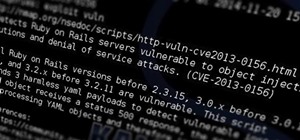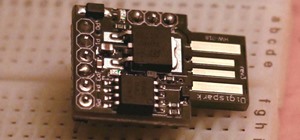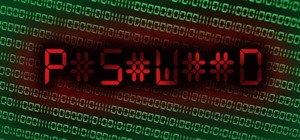So to refresh my mind I read the wiki article on One Time Pads (OTP for short) and it said some stuff about the message being encoded using modular addition bit by bit from the key. It is effectively secure when the key is the same length or longer than the plaintext.
What I got from that without really thinking about it at all is that the easiest way to enact a substitution involving a change by modular addition from a key of the same length as the message would be to add modularly the ascii values of each corresponding character of the plaintext and the key. Example:
key = HATE (72, 65, 84, 69)
plaintext = LOVE (76, 79, 86, 69)
resulting ciphertext = UQkK (85, 81, 107, 75)
This means in the code we clearly need a key = raw_input("Put in a key: ") and a plaintext = raw_input("Put in a message: ") This will give us two strings to add the way I have show above. How to implement that though? My favourite way to do a one line mathematic calculation repeatedly in python is with a lambda function, which in this case would be defined as:
C = lambda x, y: ((x + y) % 95) + 32
Applied as shown above in python that little bit of code would look like this:
key = raw_input("Put in a key: ")
plain = raw_input("Put in a message: ")
cipher = []
C = lambda x, y: ((x+y) % 95) + 32
for i in range(0, len(key)):
cipher.append(C(ord(key[i]), ord(plain[i])))
Given the example above, the above code will give you the correct cipher text. There are three problems remaining with the above code;
The key doesn't HAVE to be the same length as the message, which will cause the program to err.
The security of the message depends on a random key, which let's face it, if we let someone enter something it very well may not be that random.
The cipher still only uses substitution and not obfuscation, which may not be critical, but does cause a decrease in security.
The solution to that would be to seed a random generator with the chosen key, and generate an array of appropriate size filled with aptly sized integers to match the message. This requires a seed-able random generator. The following code is how I would get this done in python, feel free to discuss why I did what I did, how I did it, and what is still clearly wrong with this:
#! bin/env/python
from random import Random
from sys import stdout
R = Random()
plain = raw_input("Put in your message: ")
R.seed(raw_input("Put in a key that is at least as long as your message: "))
C = lambda x, y: ((x+y) % 95) + 32
for i in range(0, len(plain)):
stdout.write(chr(C(ord(plain[i]), R.randint(1, 95))))
stdout.write('\n')









































2 Responses
A-ha. So I got you interested in OTP implementation? o.O
Crazy idea, for the random key, ask them to input an image location, take the image, isolate unique colors in it as HTML hashcodes, remove the #'s and use that as your random table, then randomly pick enough of them to get a number equal to or greater to your input text to be encoded, phhhhwap - you got yourself a key. Wait what did I just say?
Interested? Not really.
I have no idea what you are talking about with that other bit there… The actual security of the key was never anything I read about. The trick is that as long as you never repeat any part of it and that it is as long or longer then you should not be able to correlate the key and the ciphertext. Which would make the most effective cracking method a bruteforce… Which is the same for any (good) cipher. What you are suggesting allows for a really secure key, which is good|, but unnecessary|.
Share Your Thoughts